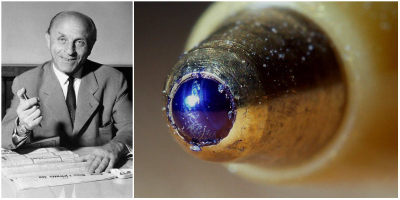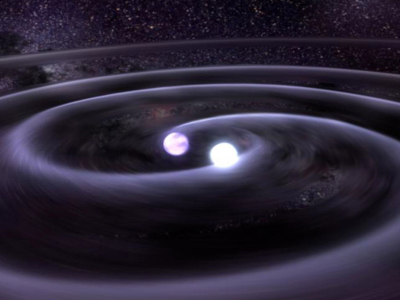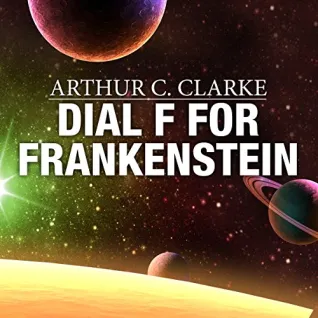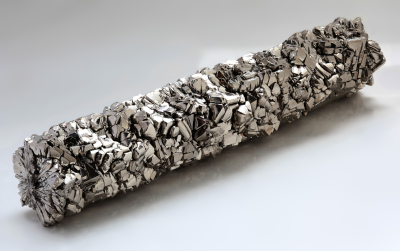
When a plane crashes, the investigators search for the black boxes to determine the cause for the accident.
Recently, a plane crashed just before landing in Nepal's tourist city of Pokhara. To investigate the reason for the crash, the authorities soon rushed to the spot to search for black boxes. Do you know what they are?
Black boxes
Black boxes are large metallic boxes containing recorders kept on most aircraft, one in the front and the other in the back. They help in establishing legal liability and identifying causes of the accident and, hence, help prevent adverse incidents in the future.
Features
Black boxes are usually referred to by aviation experts as electronic flight data recorders. Though these boxes are known as black boxes, they are painted in highly visible vermilion colour known as "international orange". The colour helps the crew at the crash site search for the black boxes.
Flight recorders consist of two functional devices the flight data recorder (FDR) and the cockpit voice recorder (CVR). Sometimes these devices are packaged in one combined unit. Digital recorders have enough storage for 25 hours of flight data but only two hours of cockpit voice recording, which is recorded over itself in a loop.
FDRs are usually double-wrapped in titanium or stainless steel, and, hence, can withstand harsh conditions. Besides, the flight recorders have crash survivable memory unit (CSMU) wherein a memory chip stores data to allow recovery of data from wreckage.
Every flight data recorder has a tool called an underwater location beacon (ULB), which makes it possible for investigators to find it if a plane crashes into a body of water.
While black boxes are virtually indestructable, planes are not made of the same material.
Building the entire plane out of the black box would make it too heavy to fly.
FDR
The FDR records more than 80 different types of information such as altitude, airspeed, flight heading, vertical acceleration, pitch, roll, autopilot status, etc. They are commonly carried in the tail of the aircraft, which is usually the part that is least affected in the event of a crash.
CVR
The CVR, kept in the front, records radio transmissions and other sounds in the cockpit, such as conversations between the pilots, and engine noises.
Besides, aircraft sounds audible in the cockpit are also caught on the recorder.
History
In 1939, French engineers François Hussenot and Paul Beaudouin invented a flight recorder, which could record altitude and speed information on a piece of photographic film.
During World War II, analysing crashes of military aircraft became important. As civil aviation developed in the years after World War II, "crash-survivable" flight recorders began to be developed.
An Australian scientist, David Warren designed the first combined FDR and CVR. During the 1960s, crash-protected FDRS and CVRS became mandatory on aircraft around the world. Australia was the first country to make black boxes mandatory.
Picture Credit : Google














